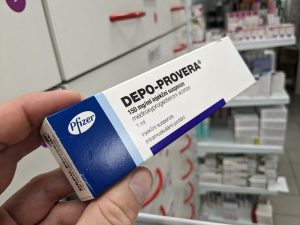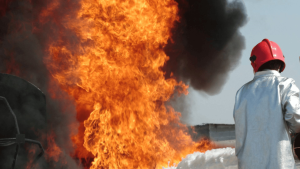This page will explain North Dakota wrongful death lawsuits and their settlement value. We will explain how the North Dakota wrongful death statute works and who is eligible to bring a wrongful death lawsuit and get settlement compensation. We also explain the second cause of action in death cases, a survival action which provides a second path of compensation for the victim’s family
North Dakota Wrongful Death Law
Like all states, North Dakota has statutory laws that govern wrongful death claims. Wrongful death claims are civil actions that are filed when one party’s negligence, misconduct, or criminal action results in the death of another. Understanding North Dakota’s wrongful death laws can help survivors make informed decisions when seeking justice.









